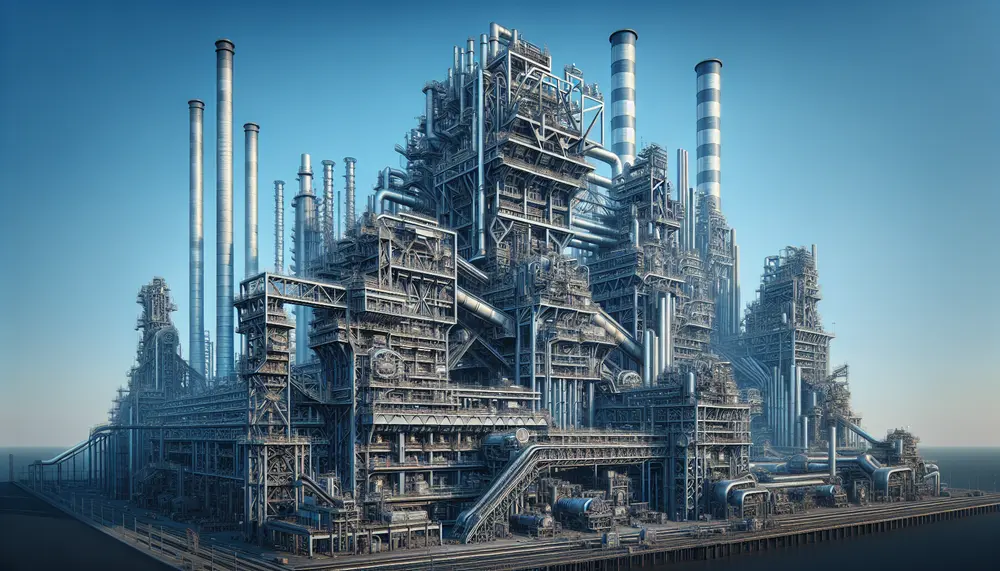Mold
Mold
Einführung in die Welt des Stahlgusses: Was ist eine Mold?
Beim Tauchen in die Welt der Steel Production and Steel Trade, stoßen Sie unweigerlich auf den Begriff 'Mold'. Mold, auch bekannt unter dem Begriff 'Gussform', ist ein wesentlicher Bestandteil im Stahlproduktionsprozess. Eine Mold ist eine Form, in die flüssiger Stahl gegossen wird - ähnlich wie die Form, in der man beispielsweise einen Kuchen backen würde. Der flüssige Stahl füllt diese Form aus und wird in die gewünschte Gestalt gebracht.
Die Bedeutung des Molds in der Stahlproduktion
Die Mold nimmt einen wichtigen Platz in der Stahlproduktion ein. Grob gesagt, bestimmt die Qualität der Mold die Qualität des Stahlprodukts. Sie ist für die endgültige Form, Größe und Oberflächenqualität des Stahls verantwortlich. Der flüssige Stahl erhärtet im Inneren der Mold und nimmt deren Form an - hier beginnt das Produkt seine endgültige Gestalt anzunehmen.
Wie wird eine Mold hergestellt?
Das Herstellen einer Mold ist eine Sache der Präzision. Zunächst wird ein Modell des zu gießenden Teils erstellt. Dies könnte aus Holz, Kunststoff oder Metall hergestellt werden. Dieses Modell wird dann in speziellem Sand vergraben, der sich bei Hitze verhärtet. Der Sand dient als Form für das zu gießende Metall. Es wird ein Weg für das flüssige Metall in die Form geschaffen und das Modell wird anschließend entfernt - übrig bleibt eine perfekte Form im Sand.
Arten von Molds: Permanent und Non-Permanent
Es gibt zwei grundlegende Arten von Molds: Permanente und Nicht-Permanente Molds. Permanente Molds sind aus starken, hitzebeständigen Materialien gefertigt und können für mehrere Gusse verwendet werden. Sie werden oft aus Metall hergestellt und sind ideal für die Produktion großer Mengen an Teilen. Nicht-permanente Molds, wie Sandformen, werden nach einem Guss zerstört und müssen jedes Mal neu erstellt werden. Sie sind ideal für kleinere Produktionsmengen oder sehr individuell gestaltete Teile.
Schlussfolgerung
Ob Sie nun eine Mold erstellen oder sie in einem Stahlwerk benutzen, es ist wichtig, das Konzept und die Bedeutung von Molds in der Stahlproduktion zu verstehen. Sie sind wesentlich für den Prozess und die Produktion von Qualitätsstahlprodukten.
Blog Posts with the term: Mold
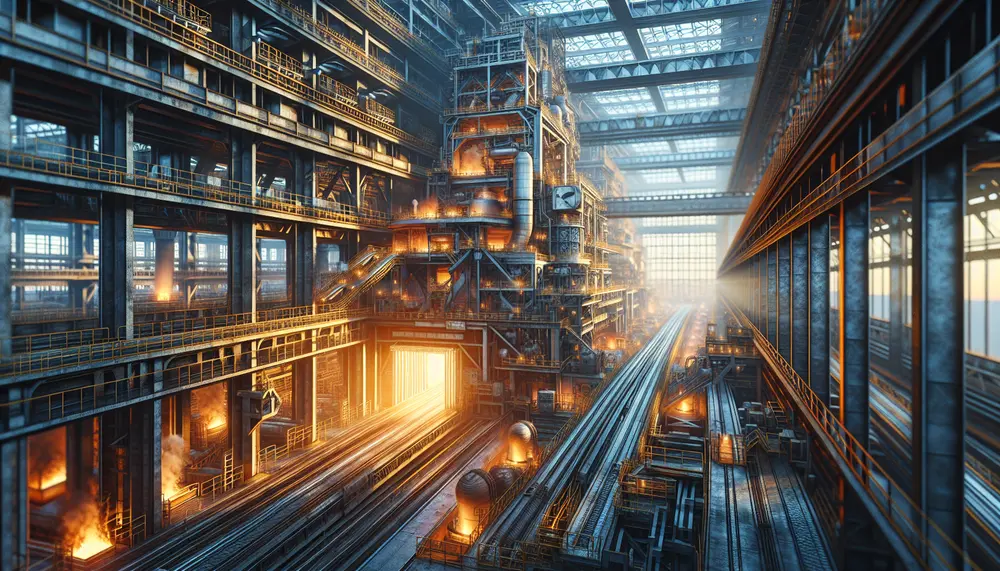
Steel making is a sophisticated process that turns iron ore into steel, involving methods like the Blast Furnace and Electric Arc Furnace to produce various grades of steel. The industry emphasizes sustainability by using additives and recycled materials while ensuring...
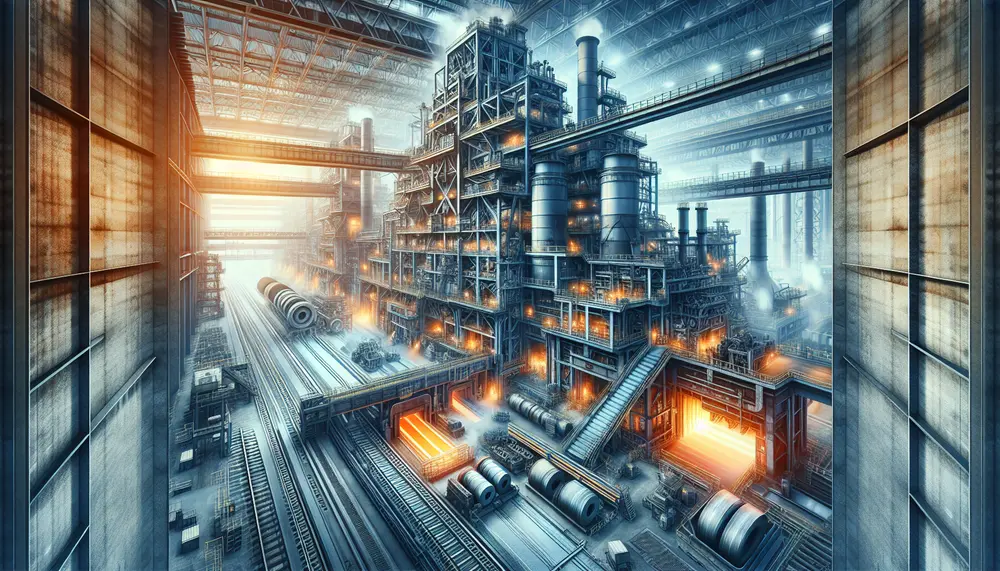
The article provides an overview of the steel making process, detailing how raw materials like iron ore, coke, and limestone are transformed into versatile and durable steel through a complex series of steps depicted in a flow diagram. It discusses...
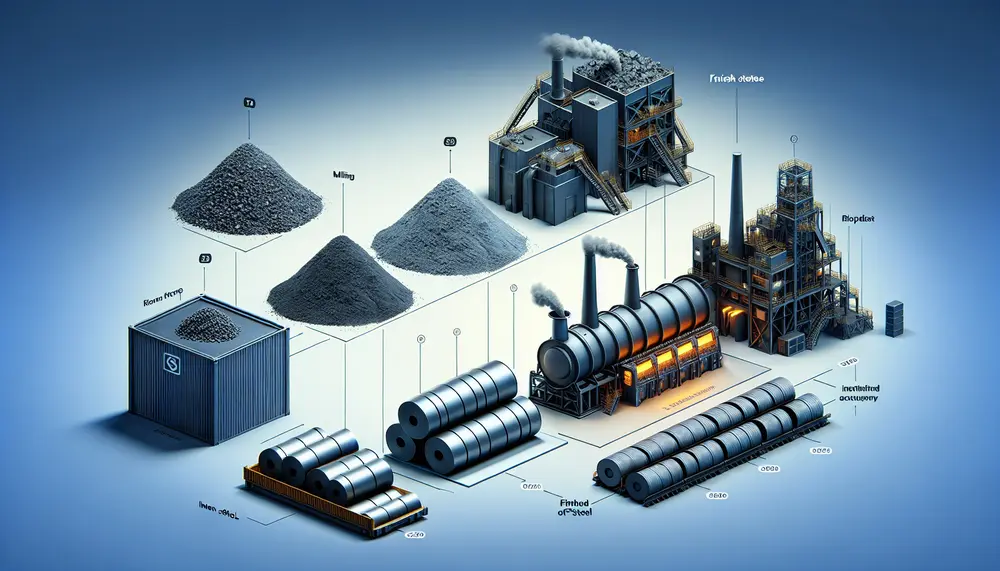
The steelmaking value chain is a complex process that transforms raw materials like iron ore, coking coal, and limestone into high-quality steel through strategic steps involving technological innovation to optimize efficiency and reduce environmental impact. Understanding this value chain helps...
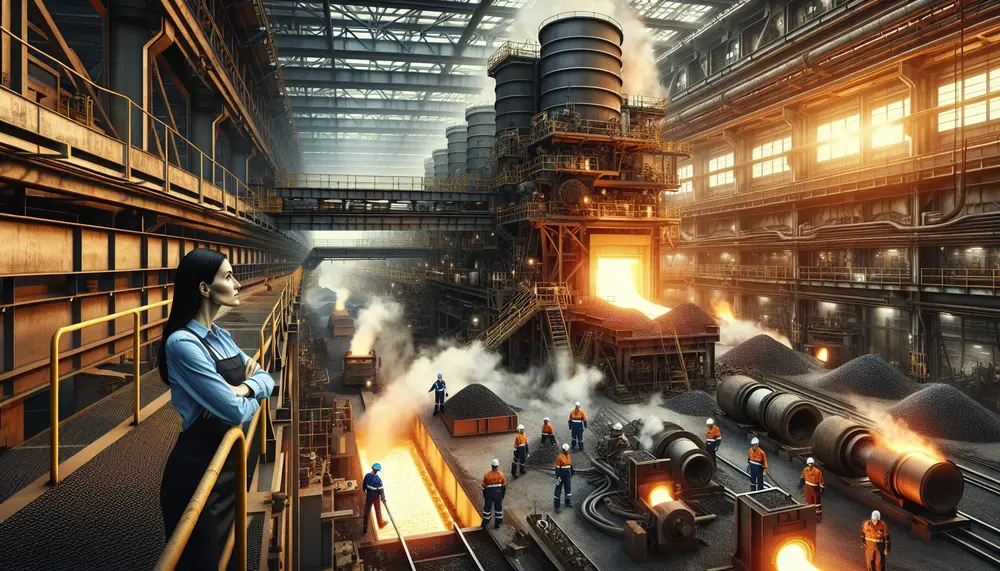
The article "Introduction to Steelmaking from Pig Iron" explores the historical and modern processes of transforming pig iron into steel, including methods like the Bessemer Process, Basic Oxygen Steelmaking (BOS), and Electric Arc Furnace (EAF). It highlights the importance of...
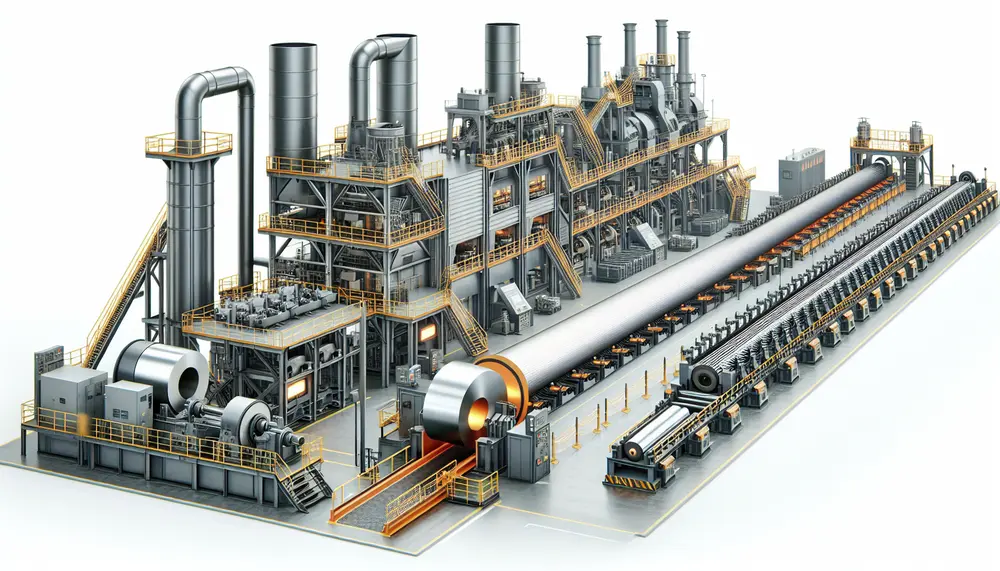
Steel manufacturing is a complex process that transforms iron ore into steel, involving precise heating and mixing to create different grades for various applications. The journey includes primary methods like Basic Oxygen Steelmaking (BOS) and Electric Arc Furnace (EAF), followed...
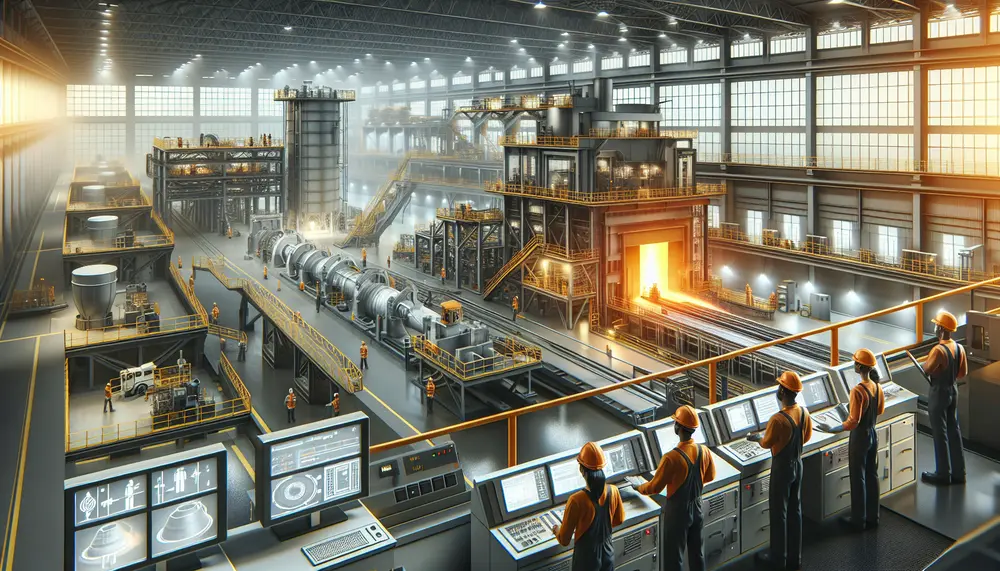
The article explains the importance of understanding a steelmaking flow chart, which outlines each step from raw material preparation to final products, aiding in efficiency and productivity. It details key components like raw materials (iron ore, limestone, coal), primary steps...
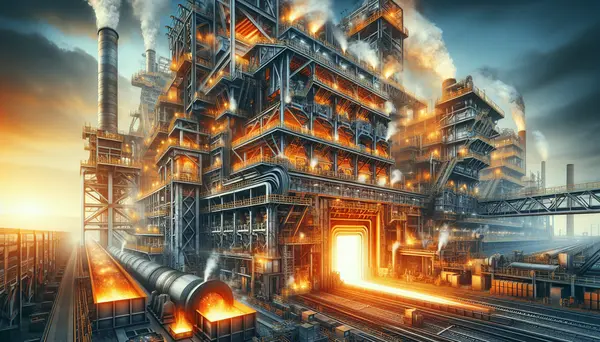
The steel making process, which starts with the extraction of iron ore and involves several steps to create different types of steel, is transitioning towards more sustainable methods like the Basic Oxygen Furnace (BOF) method. The BOF method turns raw...
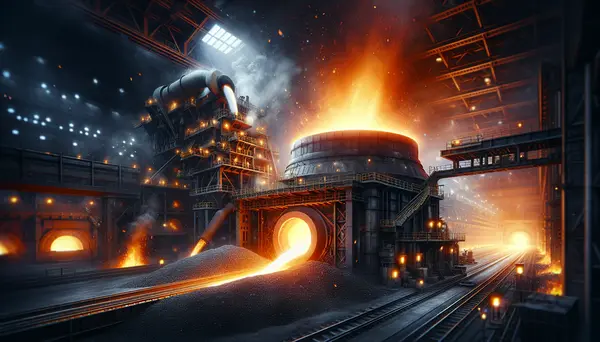
The blast furnace steel making process involves transforming raw materials into molten iron, which is then processed to produce steel. Key components include coke, iron ore and limestone; the former provides heat while the latter two undergo chemical reactions in...
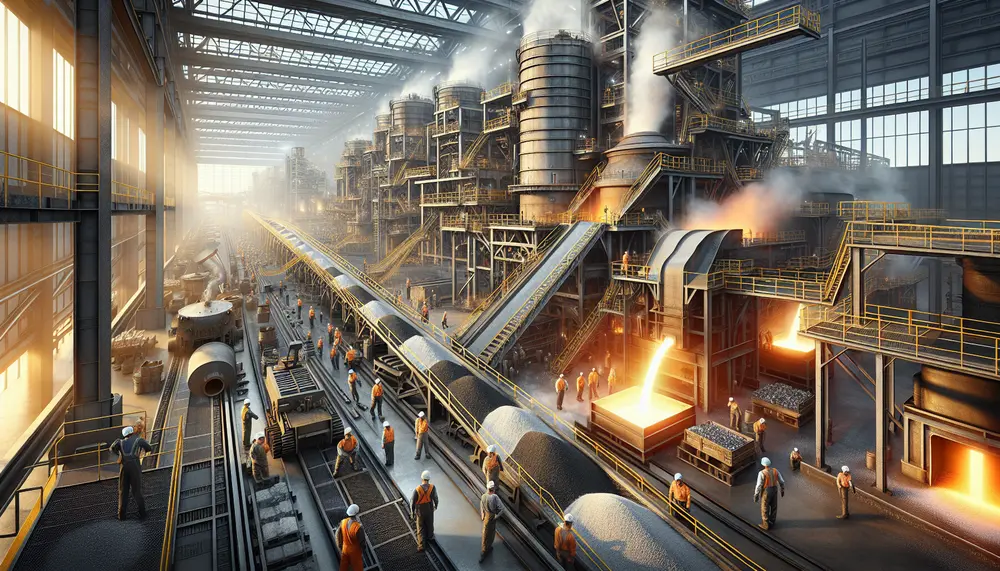
Lime is crucial in steelmaking, acting as a flux to remove impurities like phosphorus and sulfur, enhancing the quality of steel produced through processes such as EAF and BOF while also contributing to environmental sustainability by reducing emissions....
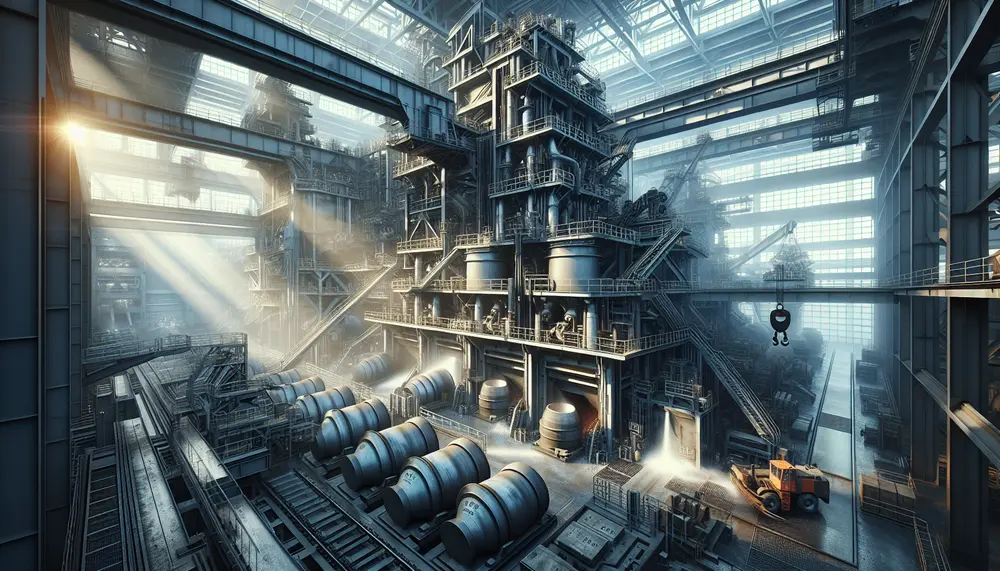
The steel making degassing process is essential for producing high-quality steel by removing dissolved gases like hydrogen, nitrogen, and carbon monoxide to prevent material defects. Vacuum degassing enhances the mechanical properties of steel, crucial for applications in construction and manufacturing,...
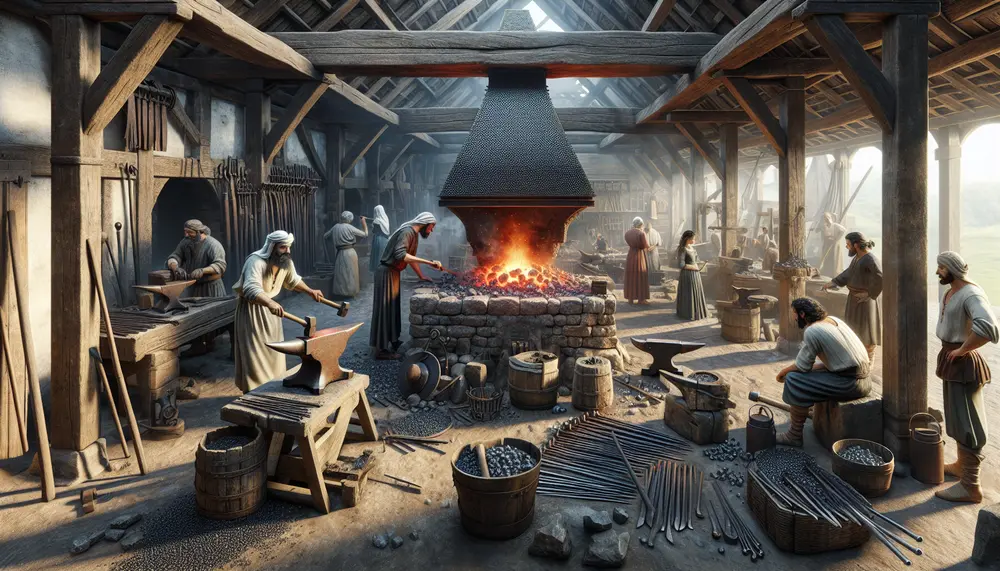
The article "Introduction to Ancient Steel Making" explores the historical context, key techniques, and materials used in ancient steel production across various civilizations. It highlights how early methods influenced modern steel making and underscores the ingenuity of our ancestors in...
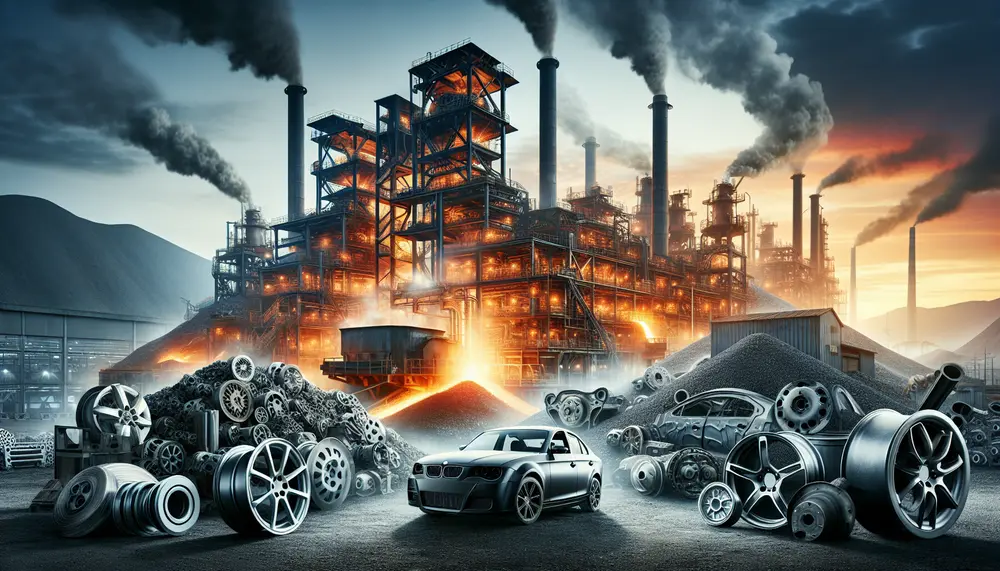
Steel production for vehicles involves transforming iron ore into various steel grades with specific properties, balancing strength and formability. Innovations in manufacturing techniques ensure high-quality steel that meets automotive industry standards. The journey of steel from raw material to vehicle component...
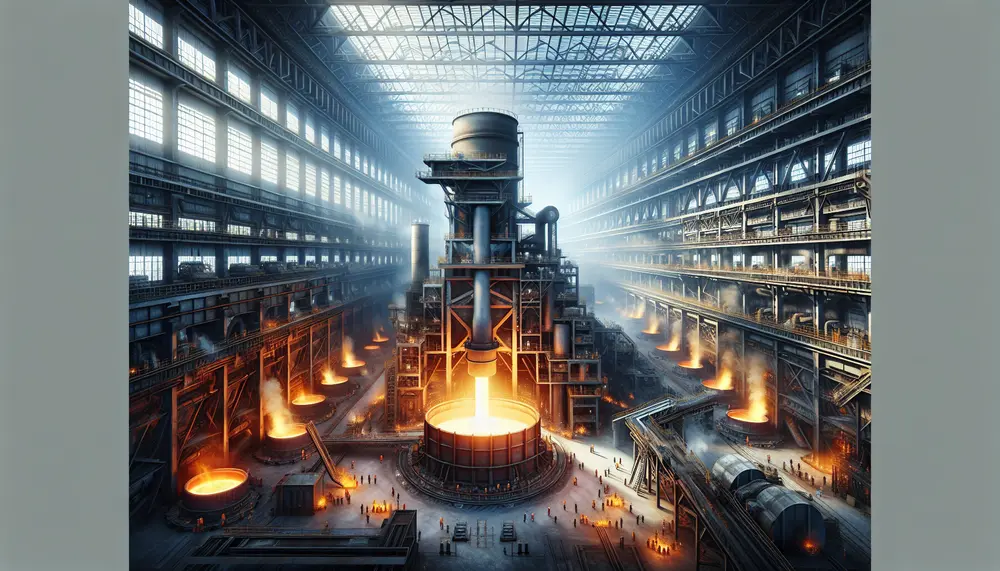
The article traces the history of steelmaking from early iron discoveries around 2,500 BCE to advanced techniques like Chinese cast iron production and Indian Wootz steel. It highlights key innovations such as smelting, forging by the Chalybes, and global influences...
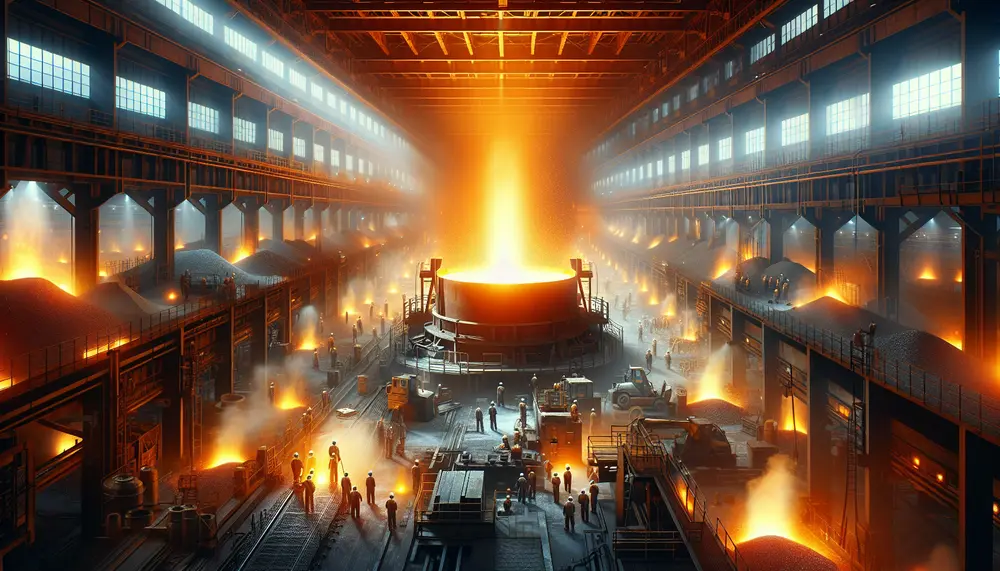
Steelmaking ladles are essential in the steel production process, designed to transport and refine molten metal while withstanding extreme temperatures and chemical corrosion. They come in various types tailored for specific functions such as transferring, treating, casting, and precise pouring...

